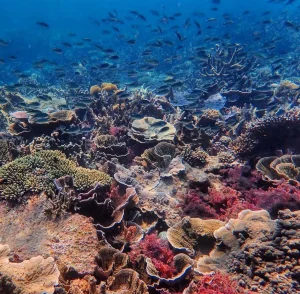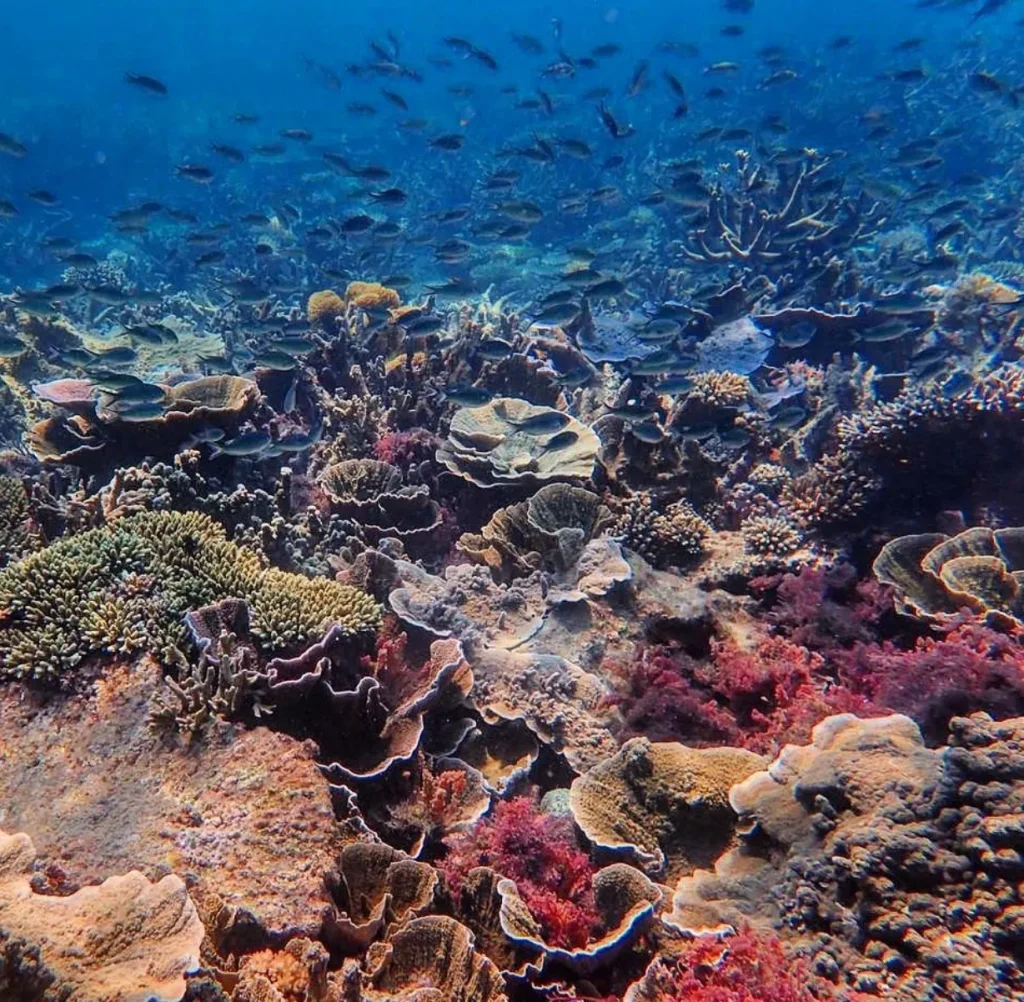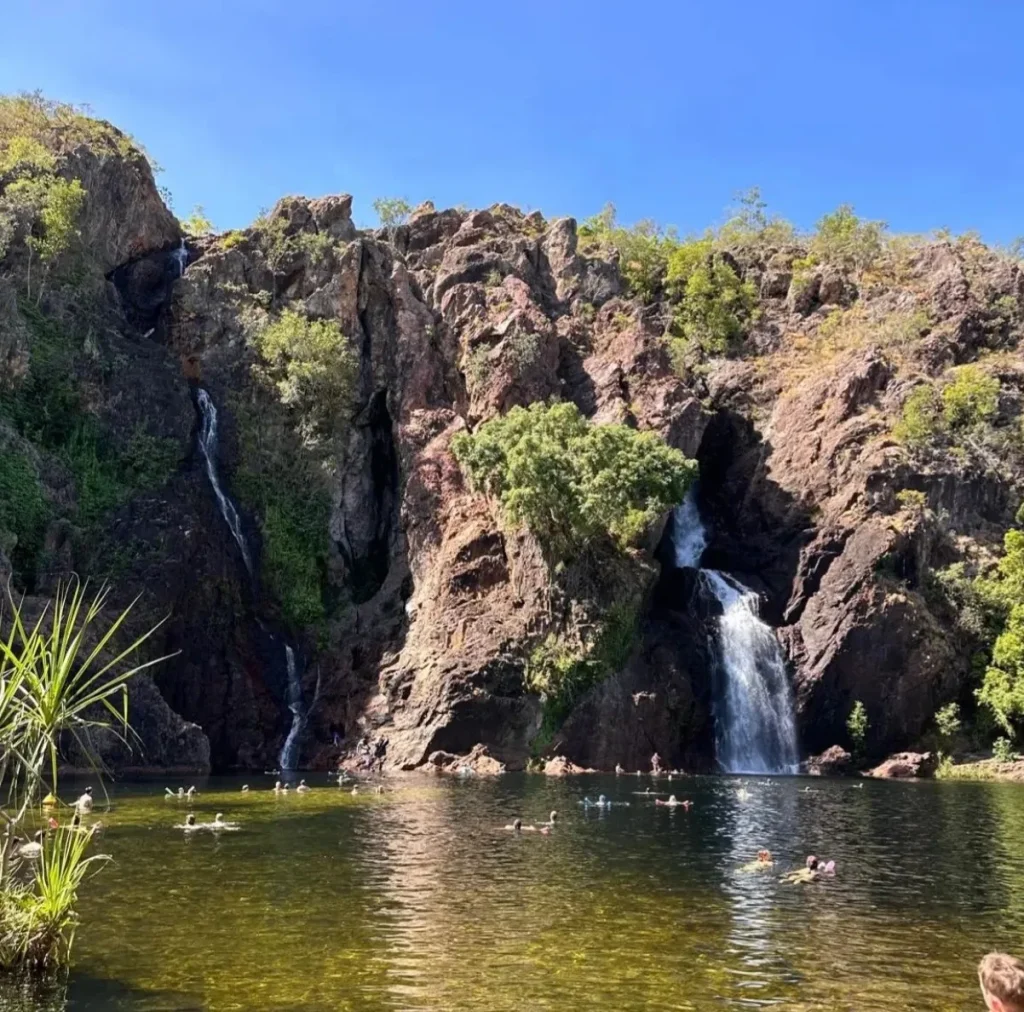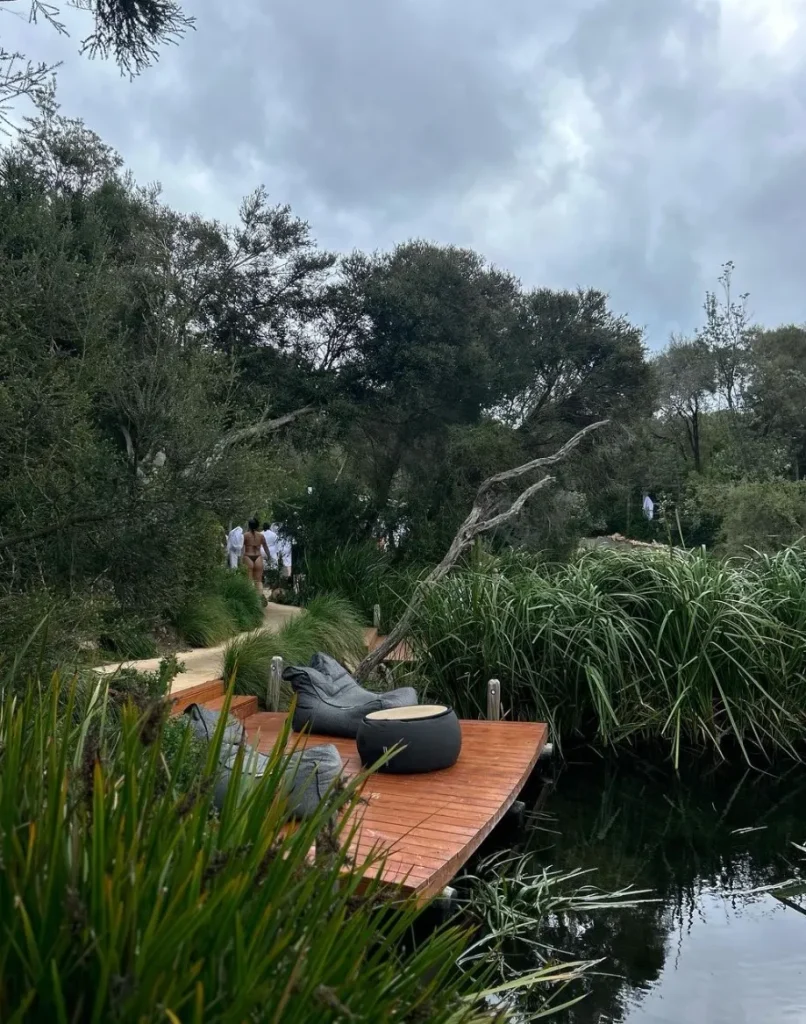Amidst the vastness of Australia’s Red Centre lies Uluru, a spectacular natural landmark steeped in Aboriginal lore and possessing a magnetic pull that captivates visitors from across the globe. While an Uluru tour over 2 days would offer a glimpse into its grandeur and lore, this storied monolith holds many secrets within its formidable bulk. From its geological wonders to the rich tapestry of Aboriginal history that clings to its surface, Uluru is more than just a sight to behold; it’s an experience that speaks to the soul. In this article, we journey into the heart of the outback to uncover five interesting facts about Uluru that make it one of the most enigmatic and mystical places in the world.
The Historical Significance of Uluru

The tapestry of Uluru’s past is as complex as the intricate patterns that score its surface. Rich in history and legends, the monolith serves as a chronicle of human existence and natural wonder in the arid heart of Australia.
The Aboriginal Connection to Uluru
The Anangu, the traditional owners of Uluru, see the rock as an embodiment of their cultural heritage, tracing their lineage back through millenniums of Dreamtime stories. These narratives are etched into the very rock, immortalized in the numerous caves and paintings that mark its face. Sacred ceremonies continue to this day, emphasizing the living culture that thrives in Uluru’s shadow.
The Western Discovery of Uluru
The rock once known to Westerners as Ayers Rock entered popular discourse after explorer William Gosse laid eyes on it in 1873. Since then, the duality of Uluru’s identity has become emblematic of Australia’s broader cultural narrative, one that encompasses colonial history and indigenous heritage alike.
The Geological Mysteries of Uluru
As much as Uluru is a cultural and historical icon, it’s also a geological wonder that continues to enthral scientists and tourists alike.
The Hidden Extent of Uluru
What we see of Uluru above the ground is but a fraction of its true extent. Buried below the desert sands, the rock plummets deep into the earth, hiding the bulk of its mass from the naked eye. The entire structure is akin to an iceberg, with only its peak making a grand appearance above the surface.
The Changing Colors of Uluru
The monolith’s dazzling display of colors is a natural phenomenon that has fascinated onlookers for generations. During the sunrise and sunset, its surfaces glow fiery red, only to cool to purples and oranges as the day progresses. This spectacle is a result of the sun’s rays reacting with Uluru’s iron-rich surface, a geological process that paints a different portrait of the rock throughout the day.
Uluru’s Flora and Fauna
The harsh environment surrounding Uluru is no hindrance to the resilient plant and animal species that call it home. Adapted to the extreme desert climate, these life forms are a testament to the powerful force of evolution.
The picturesque base walk around Uluru, which is often included in an Uluru tour over 2 days, gives visitors a chance to immerse themselves in the native landscape and observe these unique adaptations firsthand.
Rare Sights and Sacred Sites: The rock is not only home to rare species but also houses several important cultural sites for the Anangu people.
Significant Rock Formations and Caves: During a walk along the base, one can discover the incredible rock formations and ancient caves that punctuate its perimeter.
The Importance of Conservation: Balancing tourism with the preservation of this delicate ecosystem is crucial in maintaining Uluru’s biological and cultural integrity for future generations.
Uluru in Modern Culture
Uluru stands as a muse for creatives, inviting them to capture its beauty and share it with the world. From the brushstrokes of a painter to the lens of a photographer, its influence is widespread, reinforcing Uluru’s place as an indelible part of our global heritage.
Cultural Depictions and Media Presence
Featured prominently in literature, film, and music, Uluru transcends its physical locality to become an enduring cultural symbol. As it graces the silver screen or adorns gallery walls, its image is instantly recognizable, reminding us of the timeless beauty inherent in the natural world.
Uluru’s Role in Tourism
The rock’s majesty has long attracted tourists keen to witness its splendor. An Uluru tour over 2 days promises a thorough exploration of the rock’s cultural and natural landscapes, leaving visitors with a deepened appreciation for this age-old monument.
Climbing Ban and Respectful Tourism
Recent understandings of cultural sensitivity and conservation have brought a shift in how we interact with natural wonders like Uluru. The long-debated rights to climb the rock came to a resolute end with the implementation of a ban in 2019.
The climbing ban marked a significant milestone towards respecting the wishes of the Anangu people. To climb Uluru was to disregard its sacred importance, a sentiment now recognized worldwide. This respect for indigenous rights and wisdom has become an integral part of the ethical tourism narrative at Uluru.
Concluding Reflections on Uluru’s Wonders
Our excursion into the myriad characteristics of Uluru leaves us with an enhanced understanding of its cultural, historical, and natural facets. Like a mirage in the desert, its stories shimmer with all the allure of the untold, beckoning travelers to look closer. Uluru, a remarkable composite of spirituality, legacy, and geography, stands as a powerful reminder of the reverence due to our earth and its ancient inheritances.
FAQs About Uluru
Even after exploring Uluru’s remarkable features, many questions remain. Here’s a selection of FAQs to satiate some of your curiosity:
Q1: Can you see cave paintings at Uluru?
- A1: Yes, Uluru features several caves with ancient rock paintings that offer a glimpse into the Anangu’s rich past. Though some areas are restricted to preserve their sacredness, the base walk provides visitors with viewing opportunities.
Q2: Does Uluru have any water sources around it?
- A2: Indeed, Uluru has waterholes that are crucial to local wildlife and embody the spiritual tales of the Anangu. These natural oases are also supplemented by valleys at nearby Kata-Tjuta, which channel rainfall into them.
Q3: How has the flora and fauna at Uluru adapted to the desert environment?
- A3: The biodiversity surrounding Uluru showcases remarkable adaptations such as water storage in plants and nocturnal habits in animals to contend with the desert’s harsh conditions.
Q4: Is Uluru the largest monolith in the world?
- A4: Despite its fame, Uluru is not the world’s largest monolith—Mount Augustus holds that title. But Uluru’s prominence in the cultural and spiritual realms is unrivaled.
Q5: Are there any specific ways the Anangu people recommend experiencing Uluru?
- A5: The Anangu encourage visitors to engage with Uluru by walking around its base while heeding the local cultural and environmental codes of respect.






